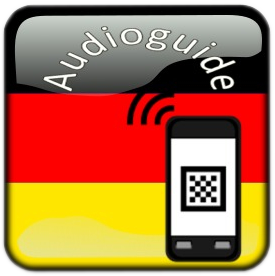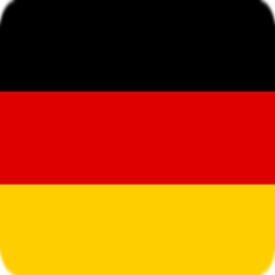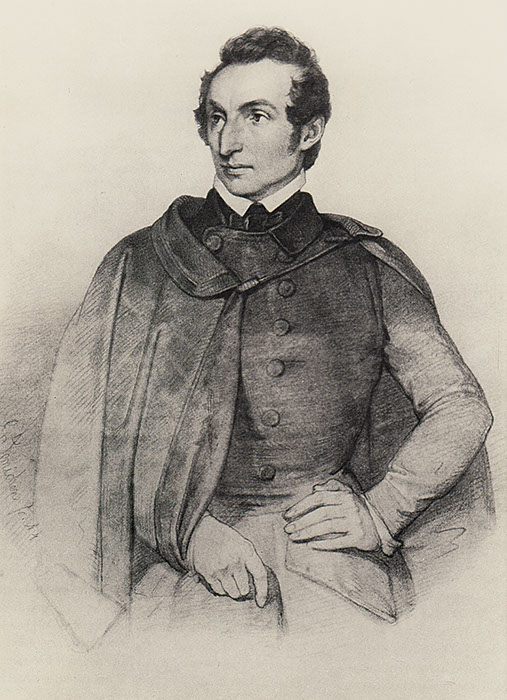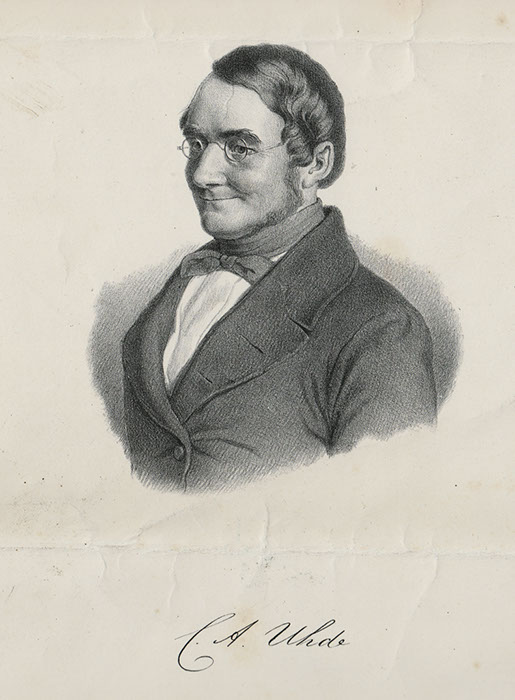 |
 |
 |
Graham Park is possibly the most beautiful municipal park in Heidelberg and it has a very interesting history.
The nucleus of the park was the convent garden of the hermitage of the Augustinian nuns, to the west of St.Vitus church. The hermitage was separated from the church by an access path, known as Klausenpfad (“hermitage path”). The nuns entered the church by a separate door on the first floor to the west of the Romanesque church tower. This area of the church is now used by the church choir. During the Reformation the hermitage was destroyed, the passage removed and the outside door on the first floor bricked up.
When the U.S. Army marched into Handschuhsheim without resistance in April 1945, they were unable to proceed to Heidelberg because the bridges over the Neckar had been blown up by the German army. They therefore used Graham Park as a parking lot for tanks, some of which sank into the vaulted cellar of the hermitage.
The name of the street Klausenpfad is a reminder of the hermitage and its herb garden. This is the only street in Heidelberg that is separated into two parts.
Handschuhsheim was almost completely destroyed in the various wars in the 17th century. The building known as the Schlösschen (“little castle”), built by the Knebel family in 1609, was often rendered uninhabitable.
 Carl_Rottmann_1797-1850_Landscape Artist (Foto: Tiefburg Archives)
Carl_Rottmann_1797-1850_Landscape Artist (Foto: Tiefburg Archives)
Three families gave new life to the Schlösschen and its park. The first of these families were the Rottmanns. The grandfather, who bought the Schlösschen for his unmarried daughters, was the head of the orphanage, the father an academic artist, and his son Carl Rottmann, a talented landscape artist and Handschuhsheim’s most famous son. Copies of some of his paintings can be seen in the building named after him, Carl Rottmann Hall.
Carl Adolf Uhde
Carl Adolf Uhde. * 2. Febr. 1792 in Brandenburg, `+17. Nov. 1856 (Foto: Tiefburg Archives)
Carl Adolph Uhde, a merchant from Brandenburg who had made a fortune in Mexico, bought the Schlösschen from the Rottmann family in 1836. He also bought much of the surrounding land and had the park created, with many exotic trees. Uhde had a magnificent collection of ethnic art, but this collection was sold after his death and taken from Handschuhsheim to Berlin, where it is now on display in the Ethnological Museum of Berlin in Dahlem.
 John Benjamin Graham in front of his castle (Foto: Tiefburg Archives)
John Benjamin Graham in front of his castle (Foto: Tiefburg Archives)
The third family, after whom the park is now named, was the Graham family from England. John Benjamin Graham had made his fortune in Australia, and in 1861 he bought the Schlösschen and the park from the Uhde family. He opened the park to the citizens of Handschuhsheim and invited the local children to merry summer parties here. He and his wife also supported social institutions in the village and were highly regarded, along with their son Harry Robert Graham, who continued his parents’ good work until the outbreak of World War I.
Some Graham descendants now live in Scotland and were visited in 1991 by members of the residents’ association in Handschuhsheim. (bm)